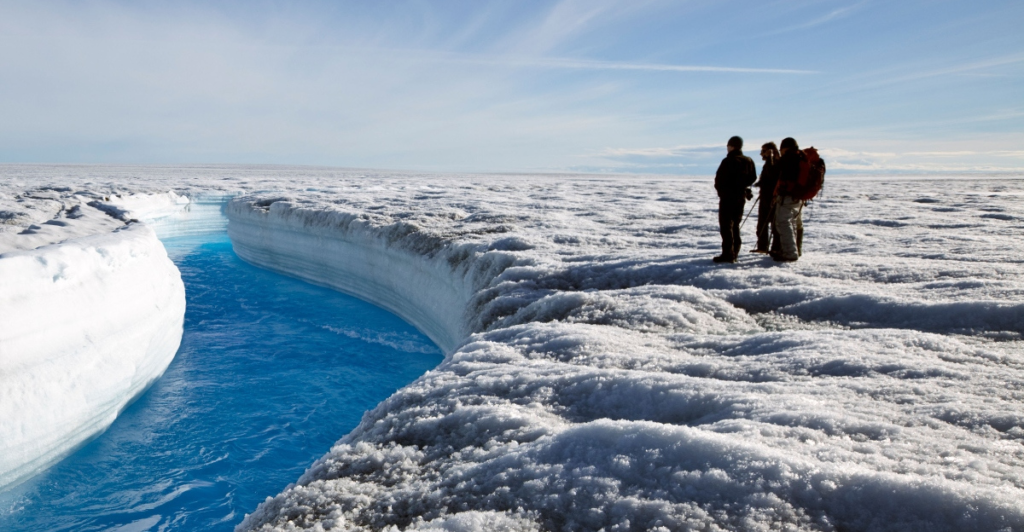
Way down beneath the ancient ice of Greenland, something was found which could change everything we believed about glaciers. Imagine: huge ice sheets gliding gradually toward the sea, their passage unstoppable and irreversible. Now imagine that beneath this serene, frozen surface lay a fiery secret hidden 900 meters beneath.
A secret buried deep in the ice for thousands of years—one that has lain dormant like a sleeping giant, hidden away from plain sight. This new discovery not only rewrites our knowledge about glaciers, but also opens new avenues towards the intricate interplay between glacial and geological processes. What scientists have discovered will have you questioning the very principles of glacier dynamics. Prepare to enter one of the decade’s greatest surprises.
Ice Quakes – The Glacier’s Hidden Tremor
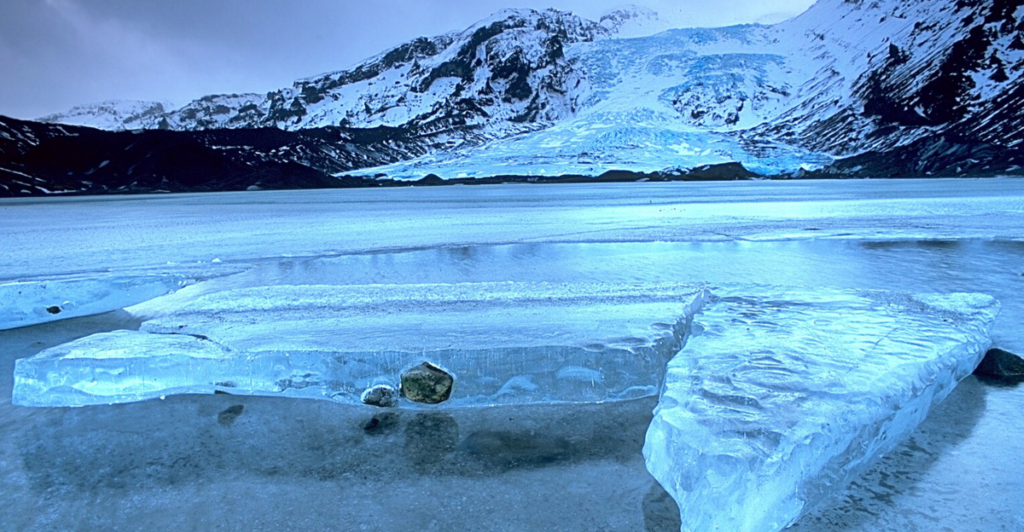
You might visualize a glacier as a huge, creeping ice river. But what if I told you that these ice giants are actually growling with subtle seismic activity on an ongoing basis? They’re called “ice quakes,” and they’re little earthquakes that recur in ice sheets like the rhythm of a glacier, faintly shifting the very foundations.
Scientists were stumped for ages trying to figure out how glaciers slid, imagining it was a smooth honey-like glide. But images from satellites revealed otherwise: chaotic, jerky movements that didn’t fit the model. Ice quakes, as it now turns out, are the puzzle piece.
Why Ice Quakes Matter
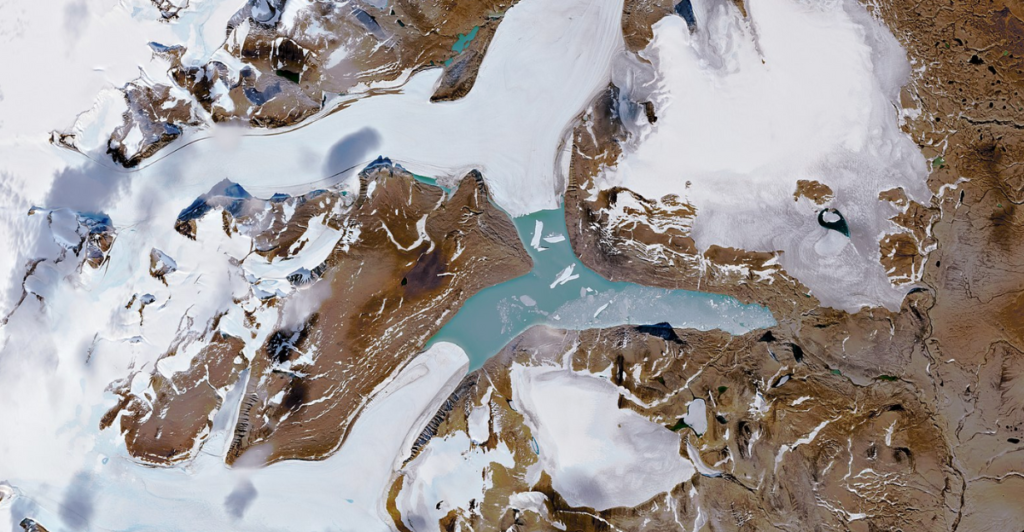
Why does it matter that glaciers aren’t just gliding smoothly? Because knowing how they move is the key to being able to project how sea-levels will rise. Ice quakes prove that glaciers don’t just ooze out to the sea: they surge, slow, and move in unexpected ways.
These glides are important to models that are used to predict the effect of melting ice on global coastlines. In other words, ice quakes aren’t just a curious phenomena: they’re essential for grasping the future of our planet’s changing landscape.
The Unexpected Role of Volcanoes
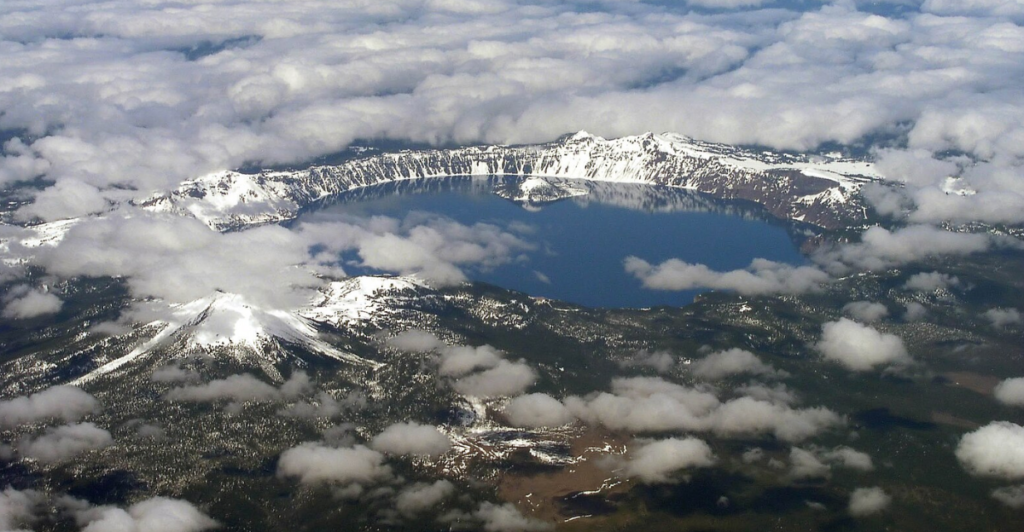
Now, here’s where it gets really weird. Scientists recently uncovered volcanic particles buried nearly a kilometer under Greenland’s ice, remnants of an eruption from Mount Mazama around 7,700 years ago. You’d think that ancient ash wouldn’t matter anymore, but it turns out it does.
These layers of volcanoes seem to dampen the journey of ice quakes, alsmost as if they were a cushion between layers of ice. It’s a mind-boggling idea: an Oregon eruption thousands of years ago affecting ice behavior in Greenland thousands of miles away!
How Scientists Made the Discovery
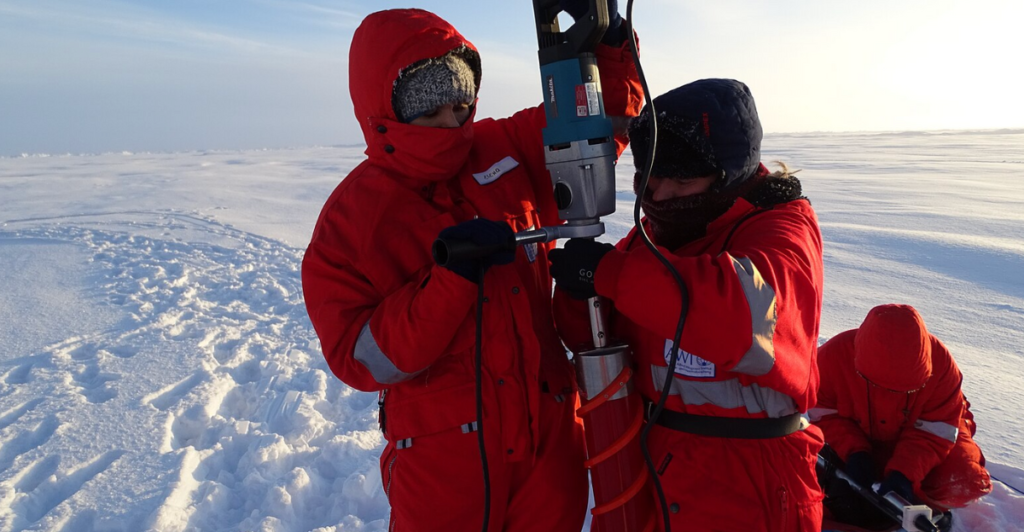
To discover this blazing secret, researchers used cutting-edge technology: a 2,700-meter-deep fiber optic cable drilled into ice. The technique captured seismic data from under Greenland’s biggest glaciers. T
his way, scientists could observe firsthand how ice quakes travel through the ice and how volcanic ash layers makes disturb them. It’s a groundbreaking method that is providing scientists with a thrilling new avenue to track ice movement across the globe.
A Game-Changer for Glacier Research
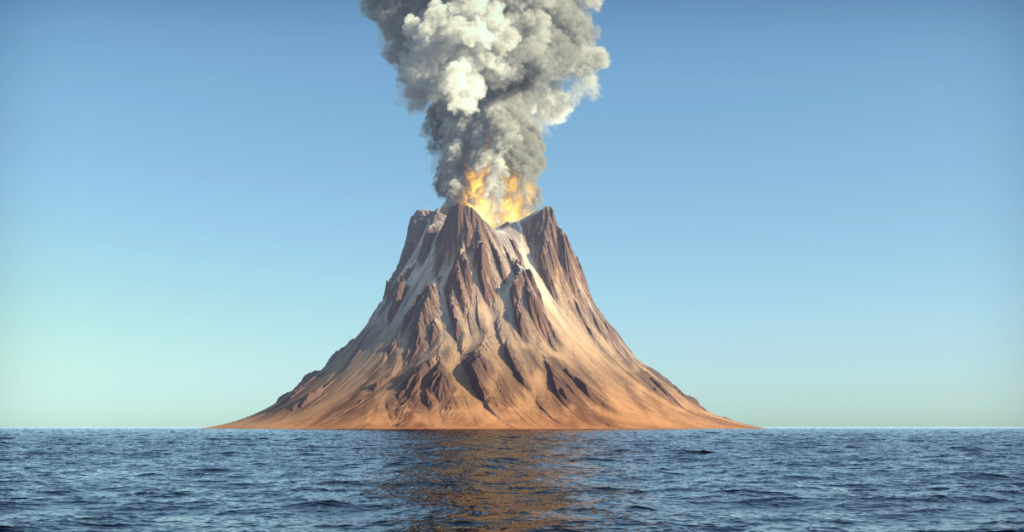
This finding is not merely a neat piece of trivia. It alters the way we forecast glacier movement. Models that have been predicated on smooth ice flow now must be recalibrated to include these seismic surges and the previously unrecognized contribution of ancient volcanoes.
The research team is already considering applying these methods to other glaciers to determine if the same dynamics are occurring worldwide.
Implications for Climate Science
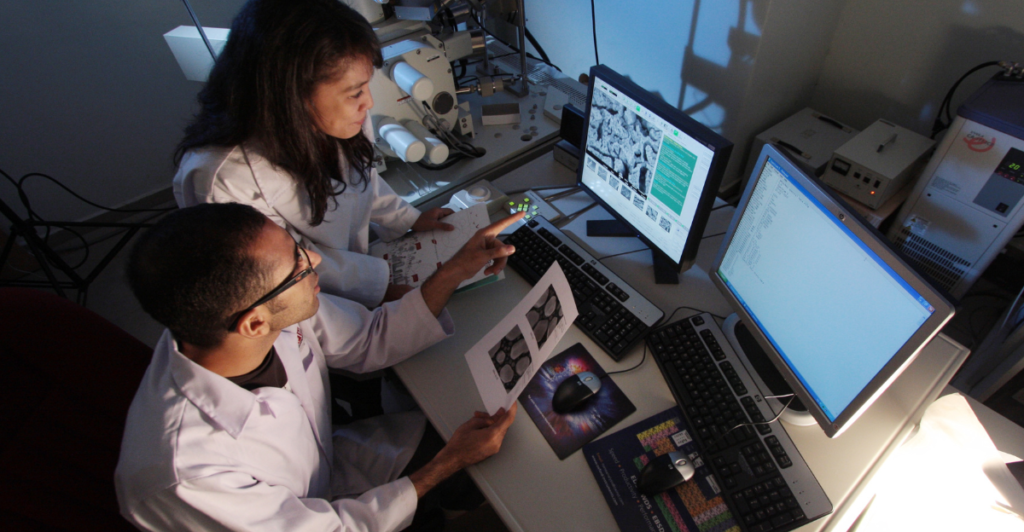
Understanding how volcanic eruptions and glacier flow interact can assist scientists in making more accurate forecasts about how rapidly ice sheets will melt. As our planet warms at an increased rate, this information is more crucial today than ever before.
Scientists are discovering the Earth’s systems are far more interrelated than we ever imagined, and unraveling these interdependencies may enable us to get ready for forthcoming climate issues.
What’s Next? Conducting the Research
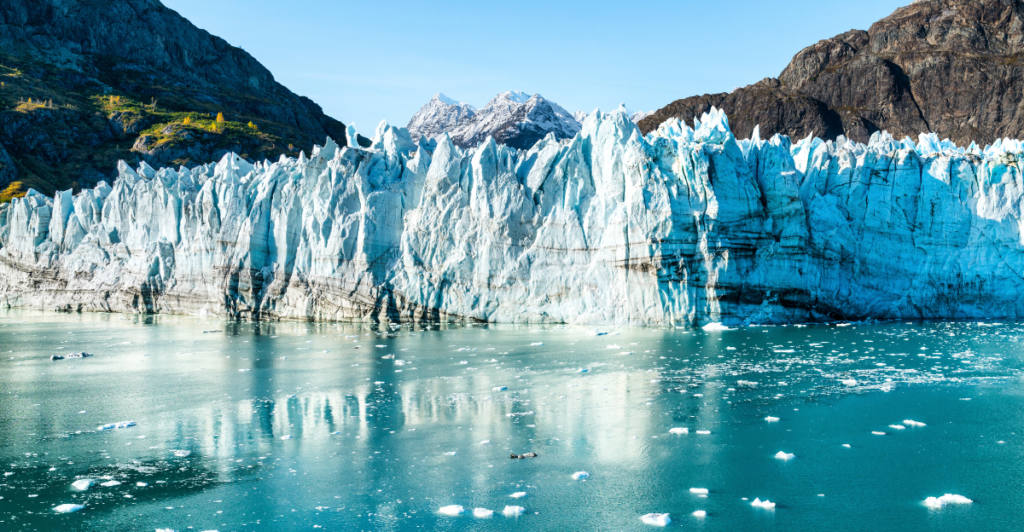
Professor Andreas Fichtner and his group aren’t sitting on their laurels in Greenland. They’re already mapping plans to research other glaciers elsewhere in the world, hoping to establish that volcanic particles influence ice quakes at more than one place.
If they succeed, it could be a matter of reassessing the way we forecast ice loss and how that will affect sea levels. The find has the potential to transform glaciology.
A New Model of Glacier Dynamics
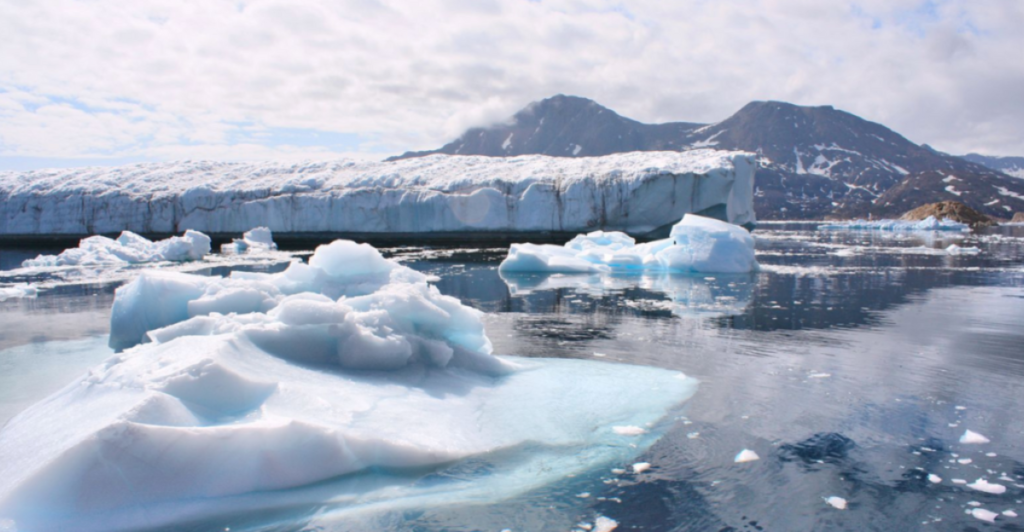
This find serves as a reminder that the history of Earth is not just recorded in rocks and soil, but in ice as well. Explosions from volcanoes thousands of years ago continue to impact glacier movement today.
The further we drill into the ice, the more we learn about a planet knitted together with fire and ice; something that shakes our conception of how glaciers work and how the world responds to change.
The Mystery Grows Deeper
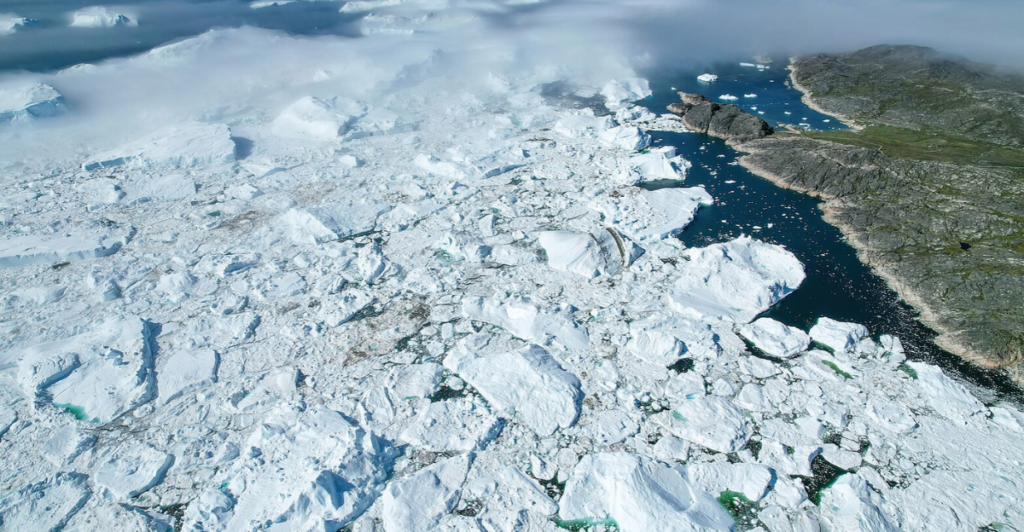
Discovering that ancient volcanic particles can delay ice quakes signifies a world of possibilities.
It’s a reminder that Earth’s processes are more linked than we ever knew. As scientists keep burrowing through these icy archives, who knows what other secrets hide beneath the ice in Greenland?
Explore more of our trending stories and hit Follow to keep them coming to your feed!

Don’t miss out on more stories like this! Hit the Follow button at the top of this article to stay updated with the latest news. Share your thoughts in the comments—we’d love to hear from you!







